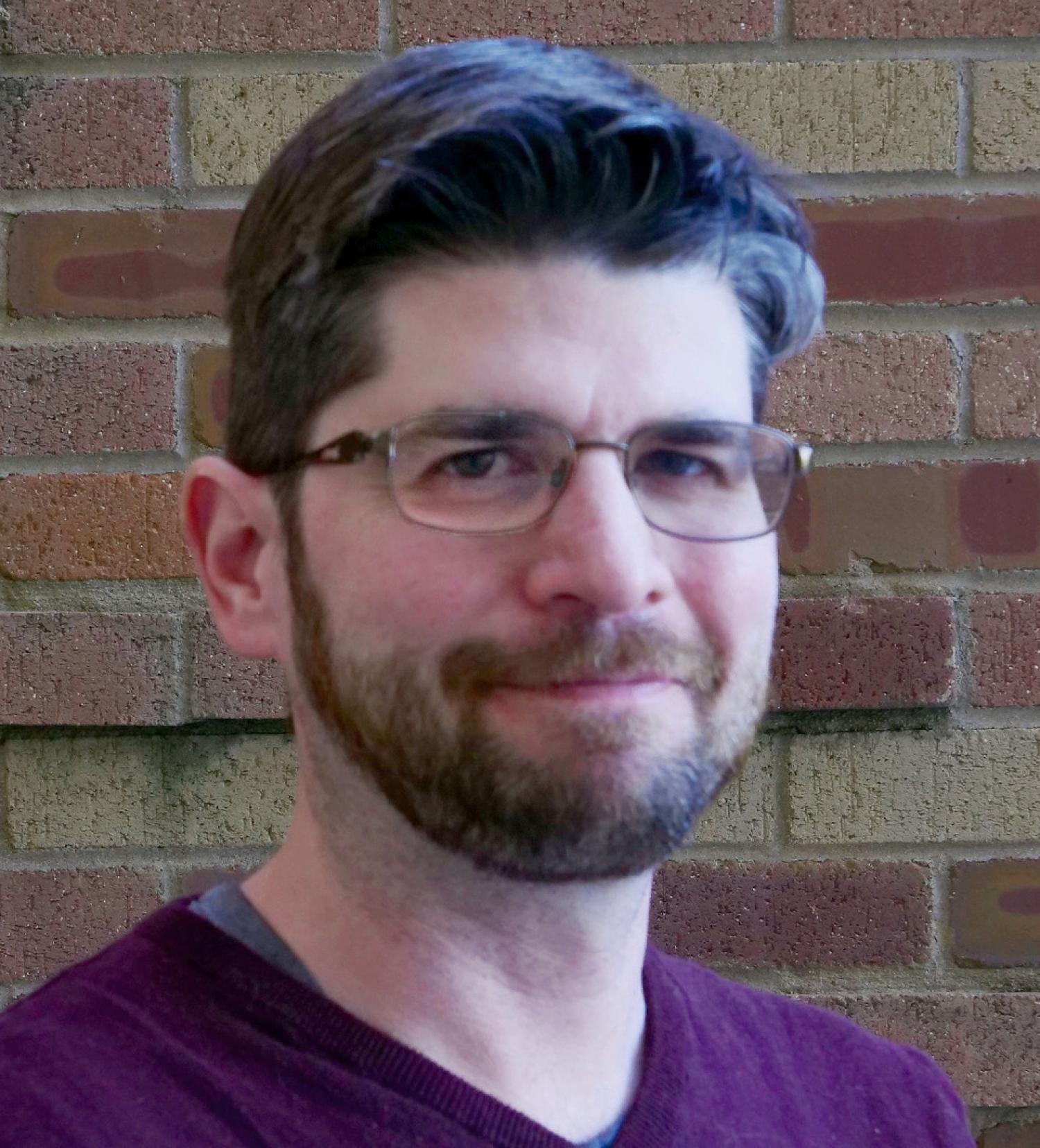Andrew P. Goodwin
- Associate Professor
- CHEMICAL AND BIOLOGICAL ENGINEERING
- MATERIALS SCIENCE AND ENGINEERING PROGRAM

Office: JSCBB D318
Mailbox: 596 UCB
Education
BA, Columbia University (2002)
PhD, University of California, Berkeley (2007)
Awards
- NAE Frontiers of Engineering, US Meeting Participant (2016)
- NIH Director’s New Innovator Award (2014-2019)
- NIH K99/R00 Pathway to Independence Award in Cancer Nanotechnology (2010-2015)
- DOD Breast Cancer Postdoctoral Fellowship Award (2010-2013)
- AACR Scholar-in-Training Award (2011)
- NIH T32 Postdoctoral Fellowship (2008-2010)
Selected Publications
- E. N. Mueller,+ T. B. Alina,+ S. D. Curry, S. Ganguly, J. N. Cha,* and A. P. Goodwin.* “Silica-Coated Gold Nanorods with Hydrophobic Modification Show Both Enhanced Two-Photon Fluorescence and Ultrasound Drug Release.” J. Mater. Chem. B 2022, In Press.
- S. Roy, S. D. Curry, C. Corbella Bagot, E. N. Mueller, A. M. Mansouri, W. Park, J. N. Cha,* and A. P. Goodwin.* “Enzyme Prodrug Therapy with Photo-Cross-Linkable Anti-EGFR Affibodies Conjugated to Upconverting Nanoparticles.” ACS Nano 2022, 16, 15873–15883.
- S. Movafaghi, A. L. Daniels, M. D. Kelly, C. Calderon, T. W. Randolph,* and A. P. Goodwin.*“Hydrogel Coatings on Container Surfaces Reduce Protein Aggregation Caused by Mechanical Stress and Cavitation.” ACS Appl. Bio Materials. 2021, 4, 6949-6953.
- A. V. Parameswar, K. V. Dikshit, S. Movafaghi, C. J. Bruns, and A. P. Goodwin.* “Mechanochemistry Activated Covalent Conjugation Reactions in Soft Hydrogels Induced by Interfacial Failure.” ACS Appl. Mater. Interfaces. 2021, 13, 1486-1492.
- S. Movafaghi, H. Wu, I. M. Francino Urdániz, D. S. Bull, M. D. Kelly, T. W. Randolph,* and A. P. Goodwin.* “The Effect of Container Surface Passivation on Aggregation of Intravenous Immunoglobulin Induced by Mechanical Shock.” Biotechnol. J. 2020, 15, 2000096.
- N. T. Blum, A. Yildirim, C. Gyorkos, D. Shi, A. Cai, R. Chattaraj, and A. P. Goodwin.* “Temperature-Responsive Hydrophobic Silica Nanoparticle Ultrasound Contrast Agents Directed by Phospholipid Phase Behavior.” ACS Appl. Mater. Interfaces 2019, 11, 15233–15240.
- D. S. Bull, D. F. Kienle, A. F. Chaparro-Sosa, N. Nelson, S. Roy, J. N. Cha, D. K. Schwartz, J. L. Kaar, and A. P. Goodwin.* “Surface-Templated Nanobubbles Protect Proteins from Surface-Mediated Denaturation.” J. Phys. Chem. Lett. 2019, 10, 2641-2647.
- A. Yildirim,* D. Shi, S. Roy, N. T. Blum, R. Chattaraj, J. N. Cha, and A. P. Goodwin.* “Nanoparticle-Mediated Acoustic Cavitation Enables High Intensity Focused Ultrasound Ablation Without Tissue Heating.” ACS Appl. Mater. Interfaces 2018, 10, 36786-36795.
- M. Brasino, S. Roy, A. H. Erbse, L. He, C. Mao. W. Park, J. N. Cha,* and A. P. Goodwin.* “Affibodies with Site-Specific Photocrosslinker Incorporation Show Both Directed Target-Specific Photoconjugation and Increased Retention in Tumors.” J. Am. Chem. Soc. 2018, 140, 11820-11828.
* indicates corresponding author
Research Interests
Colloid and interface science, polymer science and engineering, self-assembly, chemical synthesis, imaging, drug delivery, cancer research.
Our research is focused on the interplay between chemical properties at the molecular scale and materials properties at the nano- and microscale. Through careful design of interfacial structure and function, we are creating “smart” colloids and materials – such as polymeric architectures, organic/inorganic hybrids, and multiphase composites – that can sense their surroundings and react accordingly. This reaction results in transmission of information, release of encapsulated contents, or change of local surface and material properties, and applications for such systems include imaging, drug delivery, catalysis, sensing, and renewable materials, among others. We are also interested in how interfaces organize themselves when sensing chemical stimuli, and how they respond to external forces. We are exploring these phenomena in both natural and synthetic systems through a combination of chemical design, colloid and surface engineering, and microscopy.

